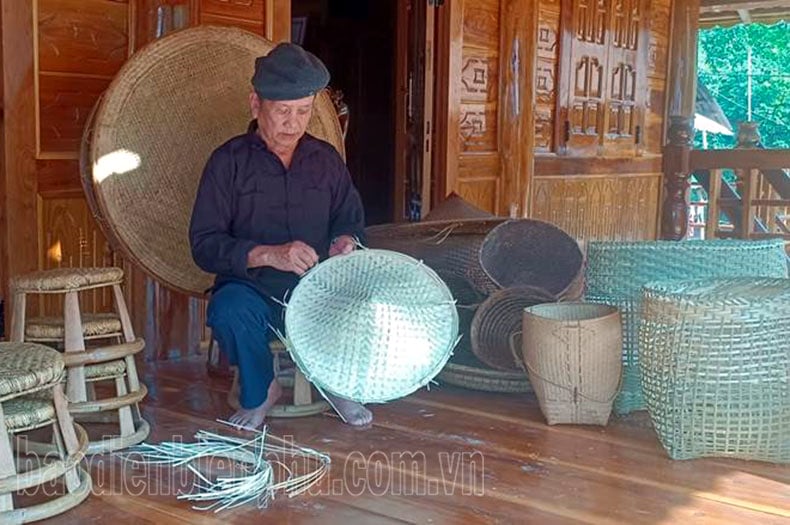
Being a mountainous, border district with 8 ethnic groups living. The Thai ethnic group in Nam Po district has both the Black Thai and White Thai branches, accounting for 18.50% of the total 8 ethnic groups living in the district, mainly concentrated in 5 communes: Cha Nua, Cha Cang, Cha To, Nam Khan and Na Hy. From the district center, following the road to Km45, we circled to Cha Nua commune, the people of the villages along both sides of the road and the other side of the stream are as beautiful as a picturesque picture with sturdy stilt houses and spacious concrete roads to each village. In front of the commune People's Committee headquarters is a large white line: "Join hands to build the Muong village". It seems that a new life of "full meals, warm clothes" is present in every house in Cha Nua. In the small but quite solid stilt house of Mr. Tao Van Pin's family - one of the skilled weaving artisans in Na In village, Cha Nua commune. Mr. Pin and his wife are diligently weaving a Thai ethnic food tray and a bamboo basket to send to customers. As a skilled weaver, Mr. Pin has many hand-woven items, from the food tray, the basket that women and mothers often wear on their hips when working in the fields, the fishing basket, the basket to hold agricultural products on the fields... All of these items are made by Mr. Pin himself to serve his family and sell to neighboring areas to create more income for the family. This year, Mr. Pin is 78 years old, but his rough hands are nimble with thin bamboo strips to complete the unfinished food tray. Mr. Pin confided: “Since I was a child, my parents taught me how to knit household items. I learned gradually by watching them work. When I grew up, I knew how to knit most items, from simple to complex. Now that trade is convenient and social networks are developing, I not only knit for my family, but I also knit for sale and according to customers' requests on my children's Facebook.”
According to Mr. Thung Van Doi, in Na In village, Cha Nua commune, the materials used for weaving by the Thai people are often exploited in the hills around the residential area, including plants such as bamboo, rattan, giang, sat, forest vines... These materials are selected based on the practical experience of the weavers. To have beautiful and durable weaving products, the selection of materials is very important. Although they are available, you must know how to choose trees that are not too old, not too young, and not short-headed. When bringing them home, do not leave them for too long because the trees are dry, termites will have difficulty splitting the bamboo and will not maintain the appropriate flexibility, and when bending the bamboo will easily break. At the same time, the bamboo and rattan trees must be straight and long to produce smooth bamboo fibers, so that when weaving, there is no need to join many sections. After choosing bamboo, giang, rattan... that meet the standards, the weavers will start whittling the bamboo. The stage of shaving bamboo is also a decisive factor for a beautiful product, so it requires the weaver to have experience. Splitting bamboo thinly or thickly depends on the product to be woven. After splitting bamboo, it must be shaved so that the bamboo is soft, smooth and even, so that when weaving the bamboo is tight together. After shaving bamboo, soak it in the stream for 2 days to ensure that it is not infested with termites. The weaving profession requires dexterity and meticulousness in every stage, from the stage of preparing the bamboo to weave until the final stage of finishing the product. The weaving technique of the Thai people is also very diverse, people often choose the weaving style depending on the product to be woven, for example, weaving baskets, trays, winnowing, sieves, and cages to keep poultry, they weave long mot, long dot, square, and vertical and horizontal cages. As for items such as rice trays, coong khau, and needle and thread baskets of women, they are often woven crosswise or diamond-shaped to create patterns for the product to be more aesthetic. After weaving the items, people often hang them over the smokehouse for about a month to keep the items durable and shiny.
Mr. Thung Van Anh, Chairman of Cha Nua Commune People's Committee, said: "The thousand-year history of the Thai ethnic group has formed a unique traditional culture. Cha Nua Commune has 6 villages, of which 5 are Thai ethnic villages. The Thai people here still maintain the original weaving profession. Most of the elderly in Cha Nua Commune know how to weave handicrafts. The weaving profession not only helps the Thai people here preserve their ethnic cultural identity, but also helps them earn more income to improve their lives. In the coming time, the commune will continue to promote to the people the importance of preserving the traditional craft of the ethnic group so that they can actively participate in preserving and preserving unique traditional products. At the same time, pay more attention to passing on and teaching the craft to people of working age, youth, and teenagers so that the weaving profession is not lost." Currently, the lives of ethnic groups in general have changed a lot. With the appearance of cheap, durable plastic items sold widely on the market, especially finding giang and rattan trees is no longer as easy as before and requires a long journey, so weaving is no longer chosen by many people. There are not many good weavers, mainly the elderly, and today's young people are hardly interested in weaving. Therefore, in order to preserve the weaving profession of the Thai people in particular and the cultural values of ethnic groups in the district in general, Nam Po district has identified the restoration and preservation of ethnic cultural values associated with socio-economic development as a key task in the 2021-2025 period.
Source



![[Photo] Overcoming all difficulties, speeding up construction progress of Hoa Binh Hydropower Plant Expansion Project](https://vstatic.vietnam.vn/vietnam/resource/IMAGE/2025/4/12/bff04b551e98484c84d74c8faa3526e0)


![[Photo] Closing of the 11th Conference of the 13th Central Committee of the Communist Party of Vietnam](https://vstatic.vietnam.vn/vietnam/resource/IMAGE/2025/4/12/114b57fe6e9b4814a5ddfacf6dfe5b7f)

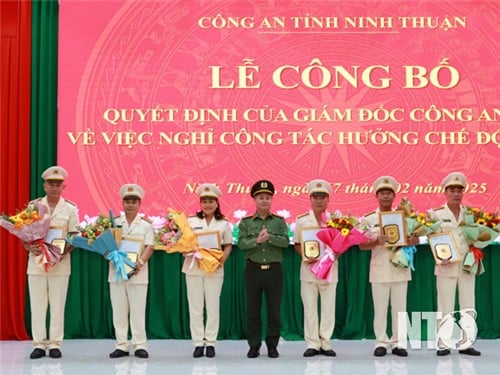
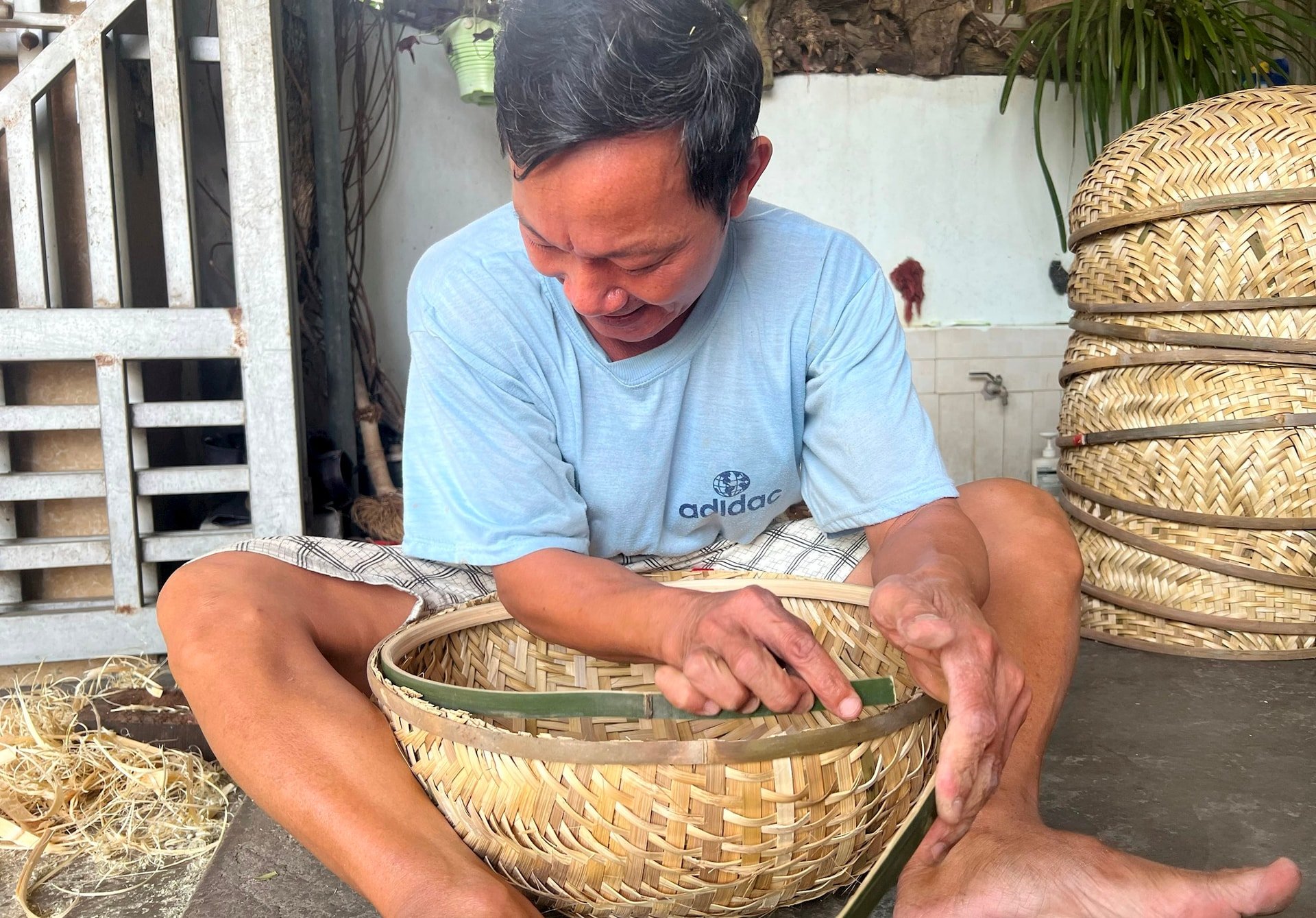
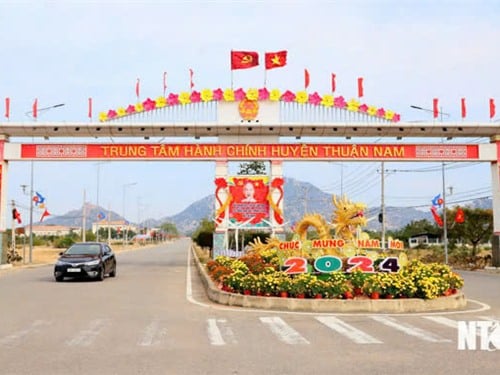
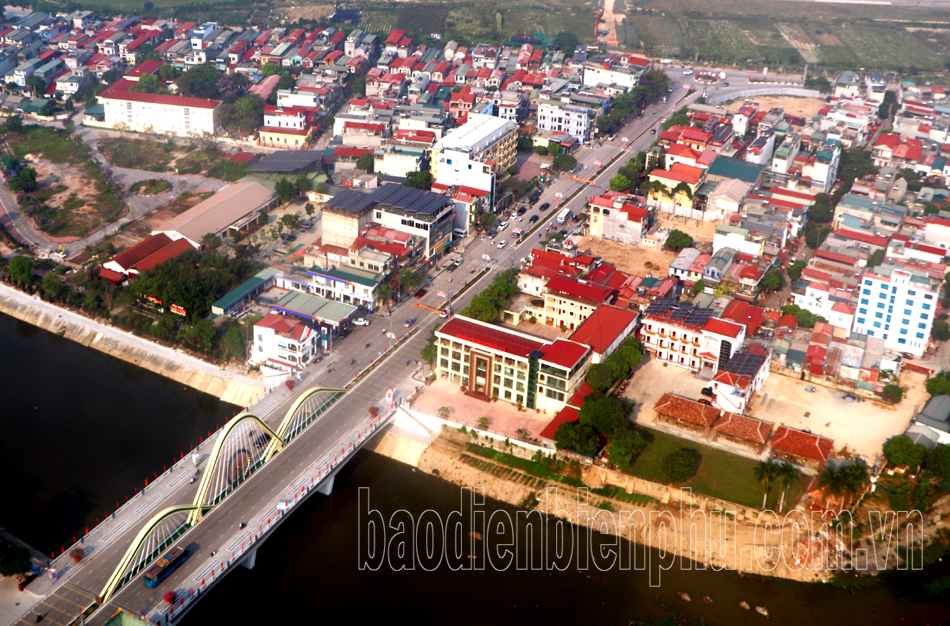
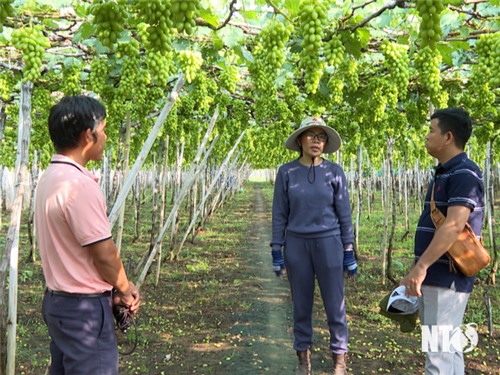
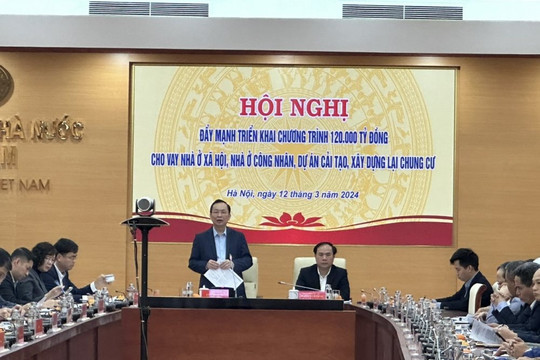
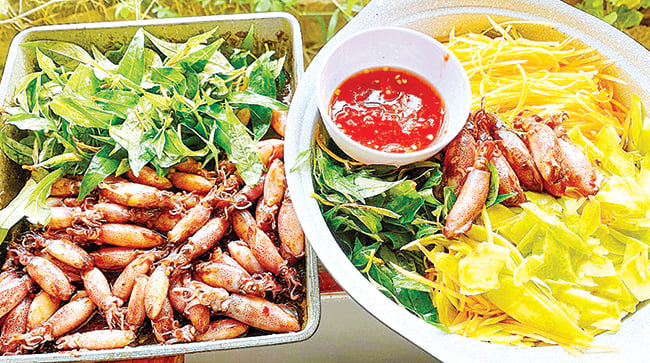
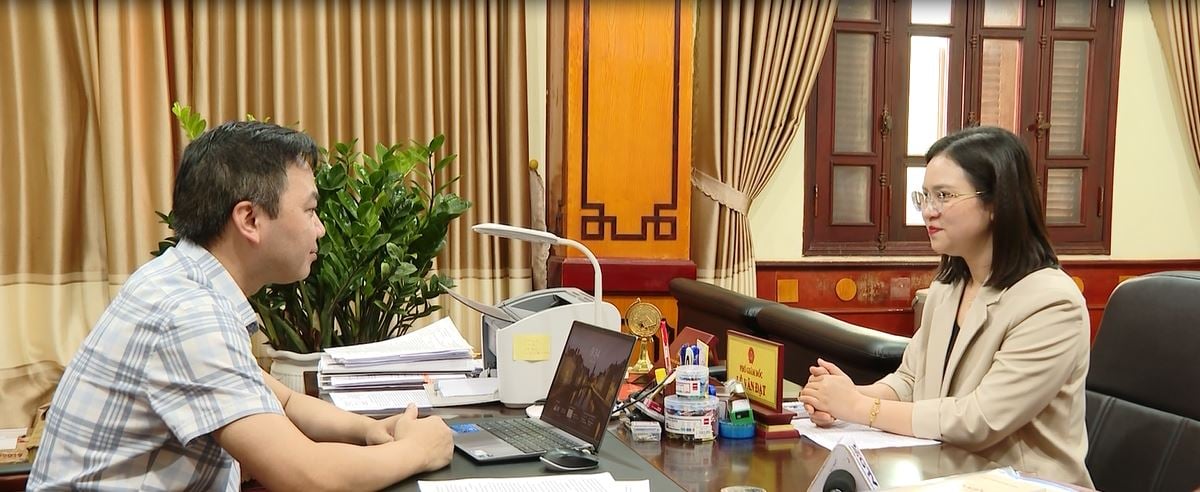
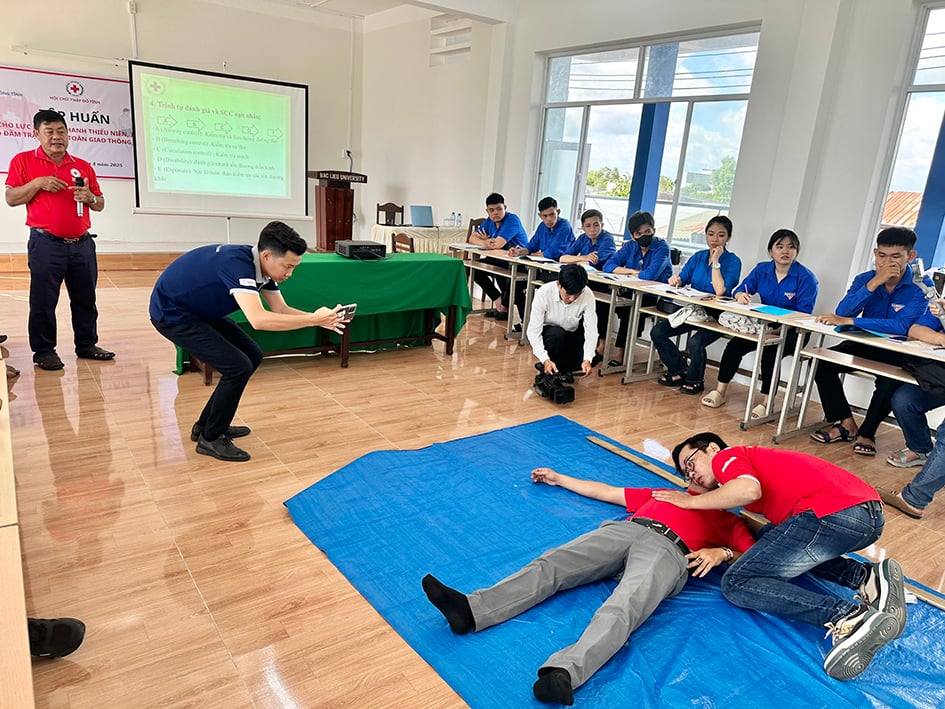
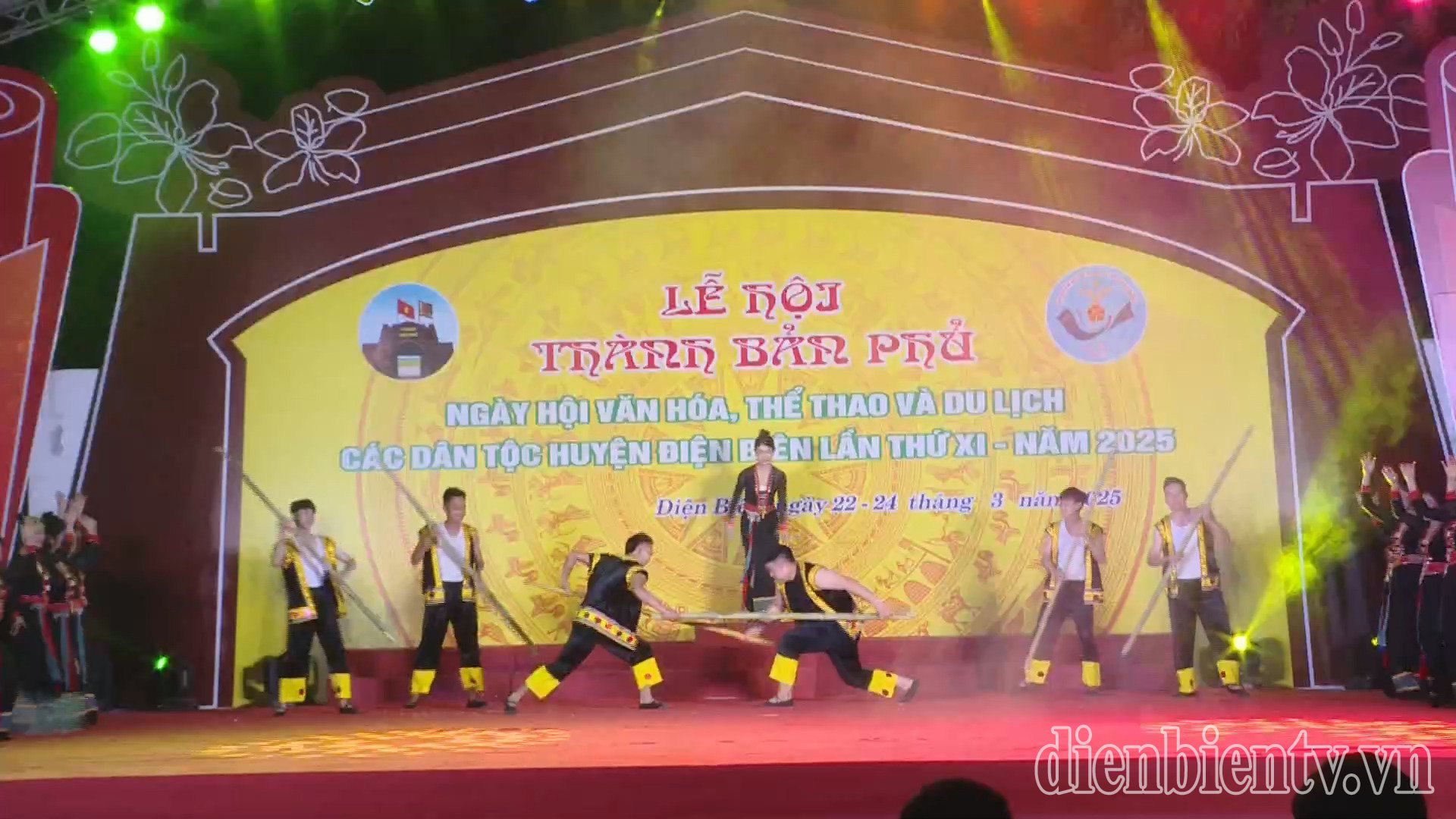
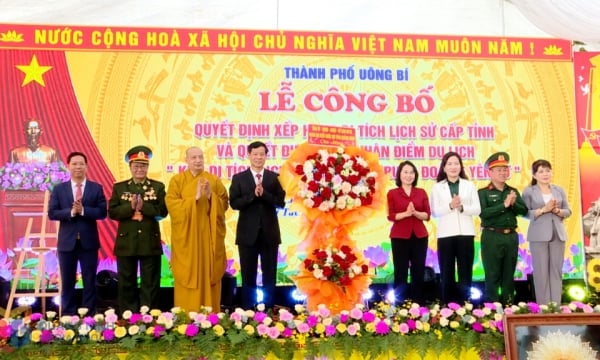
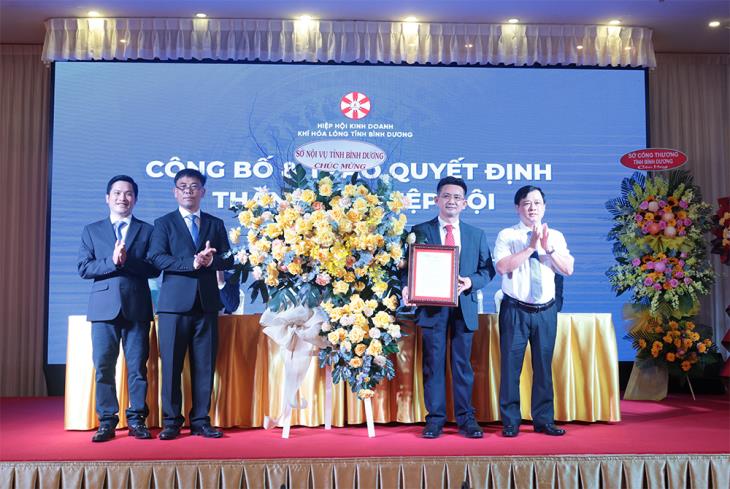



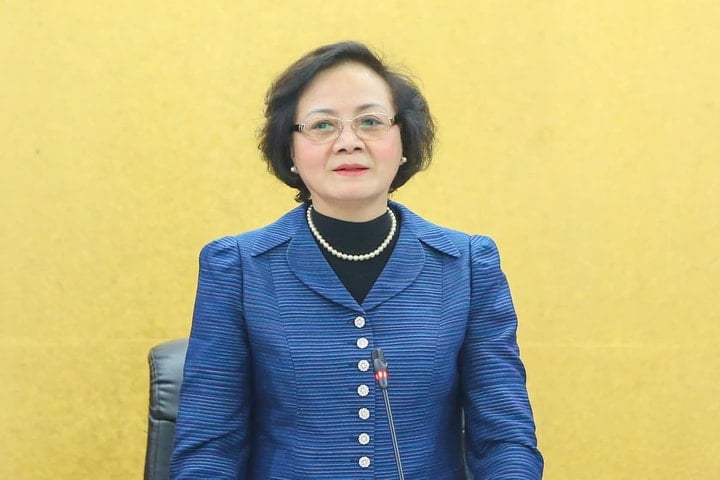
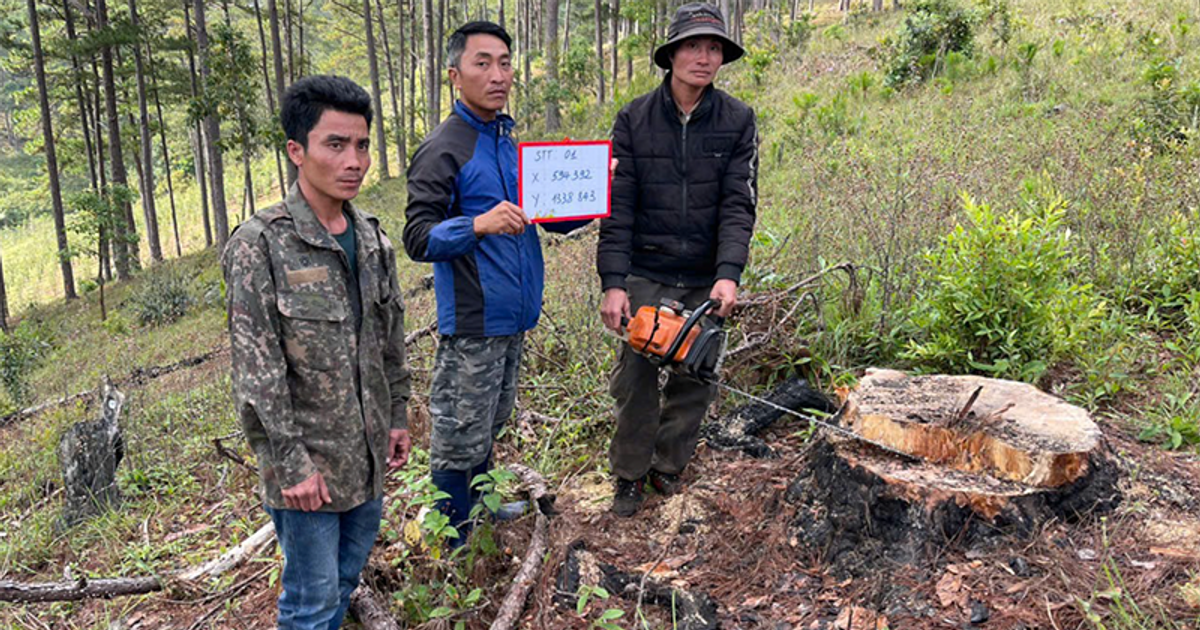
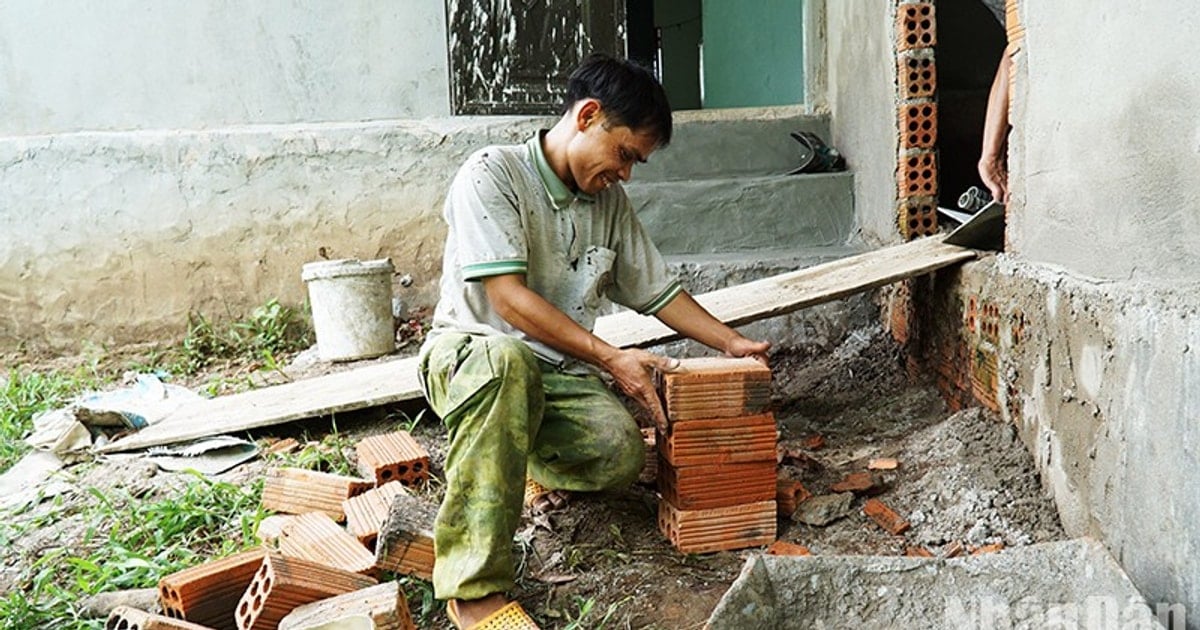
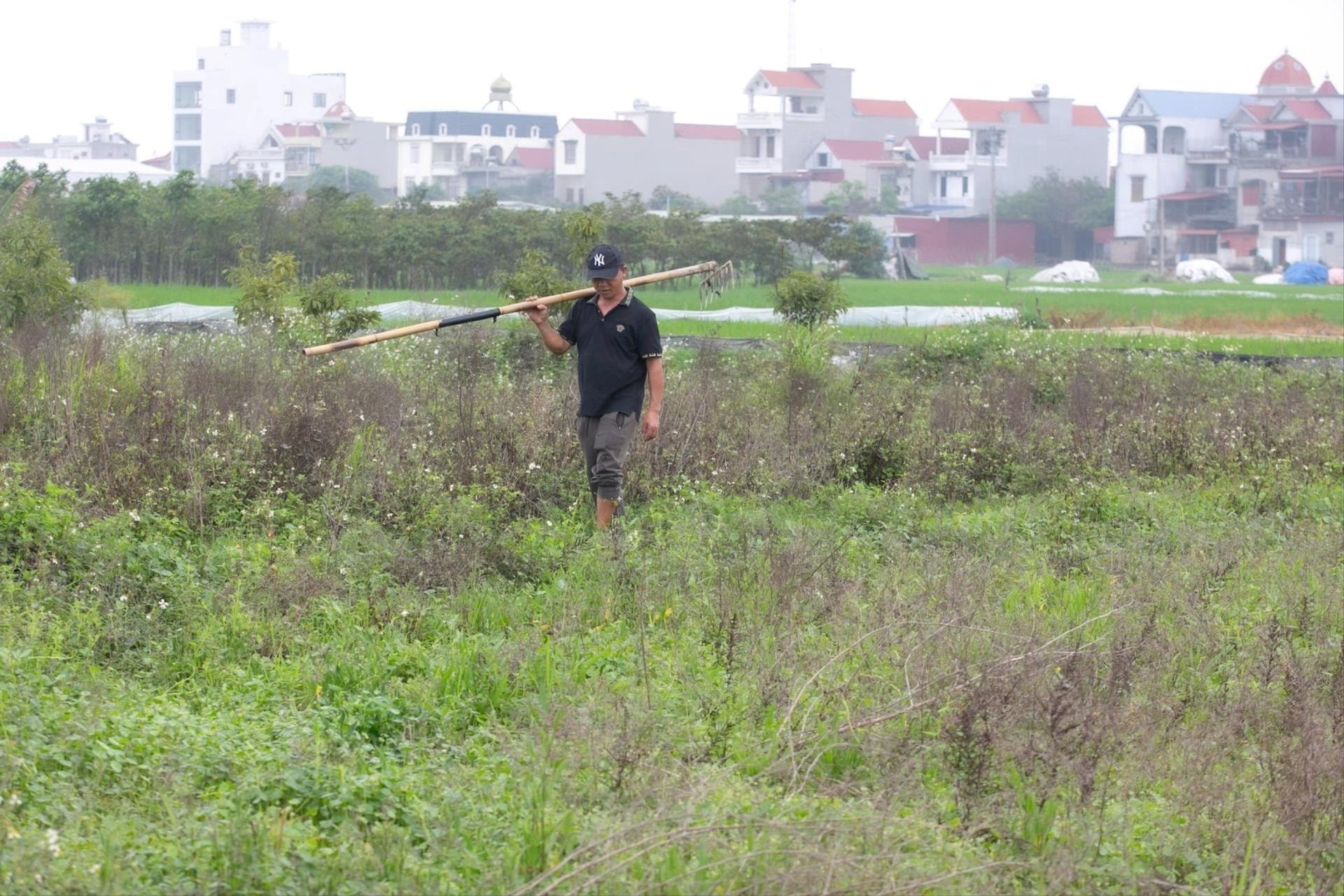
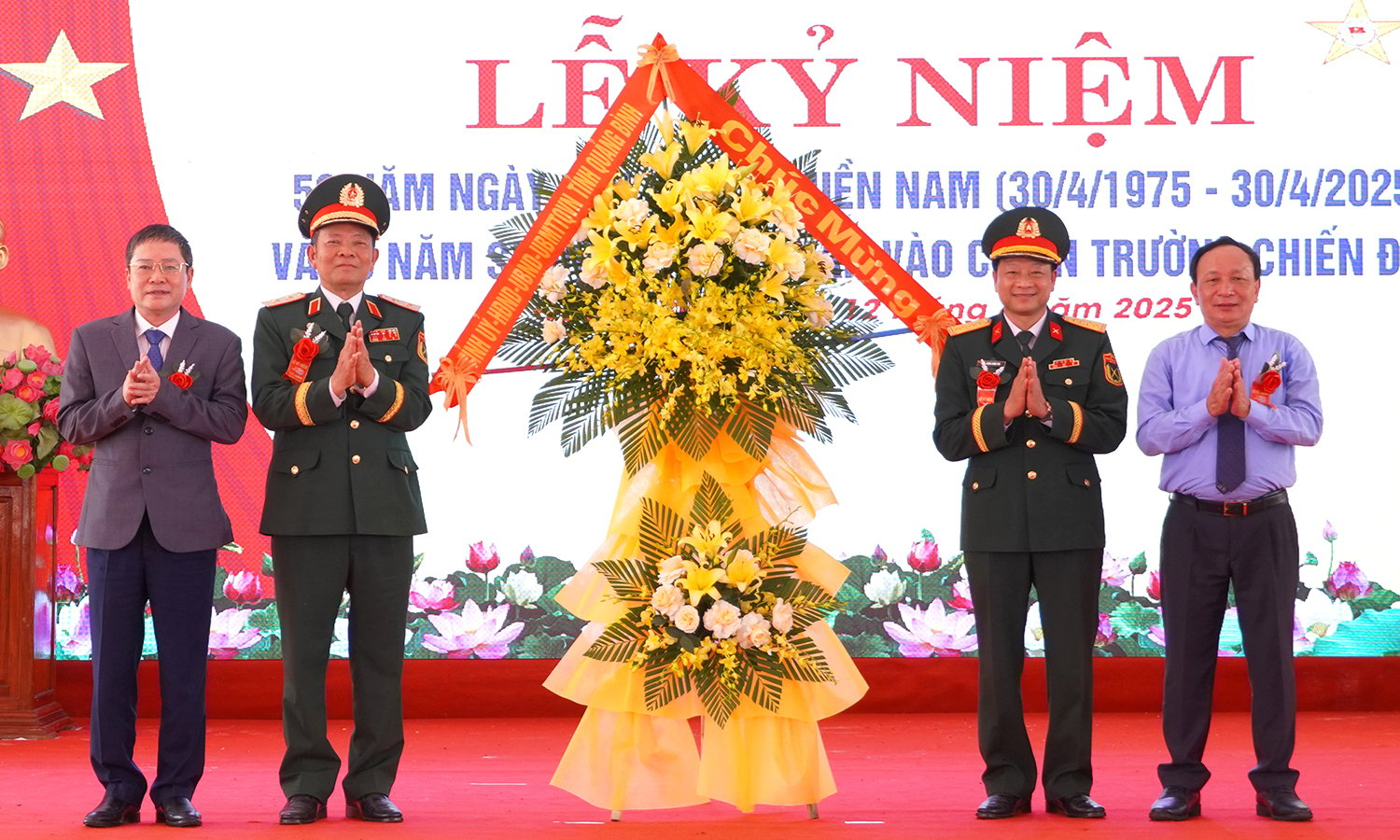
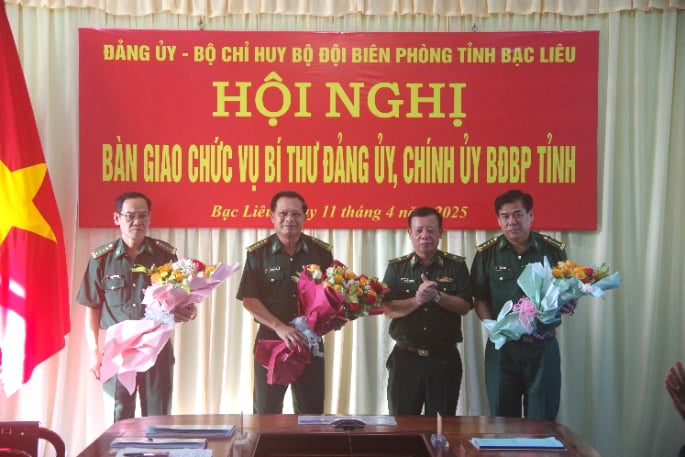
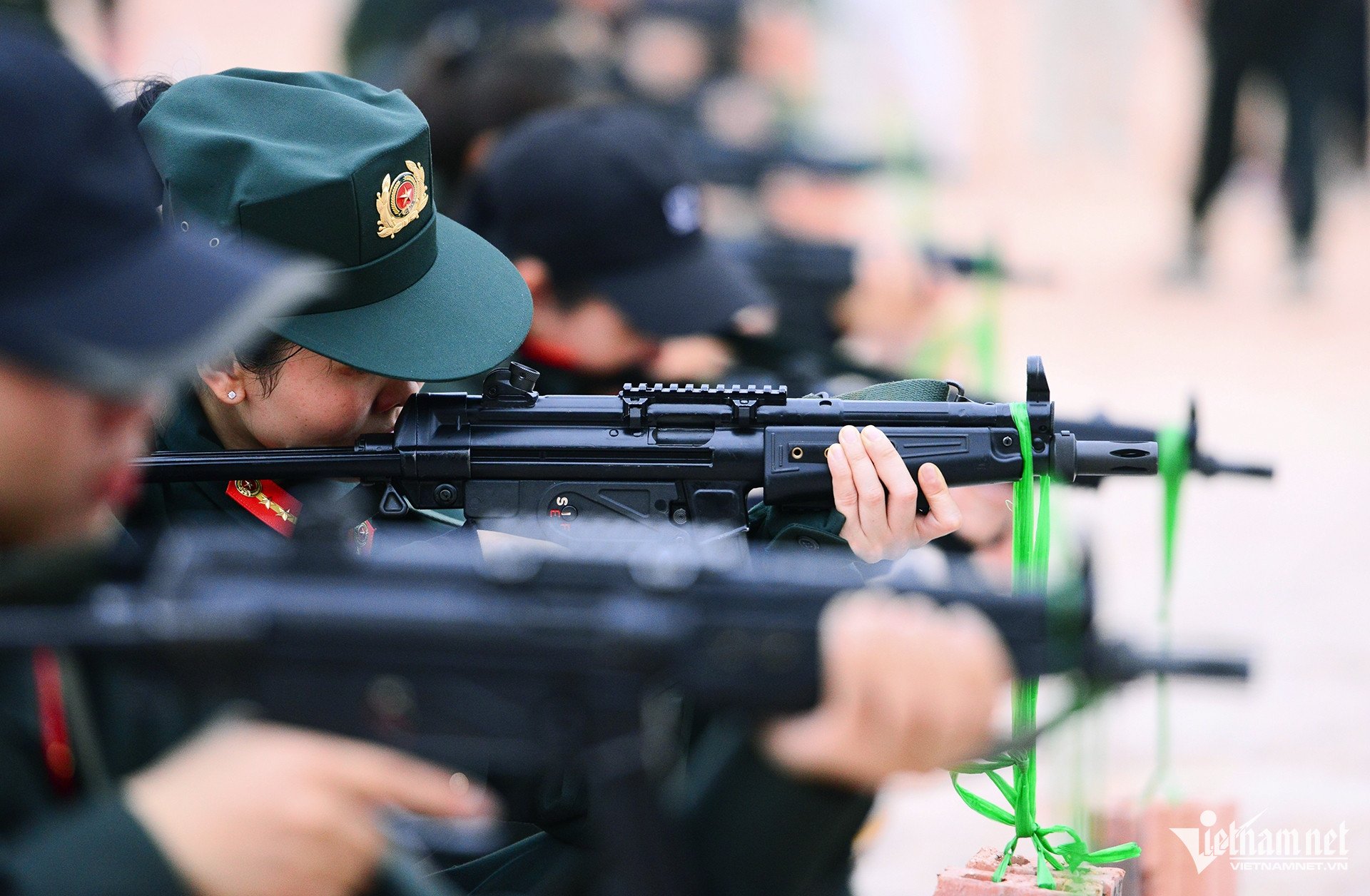

































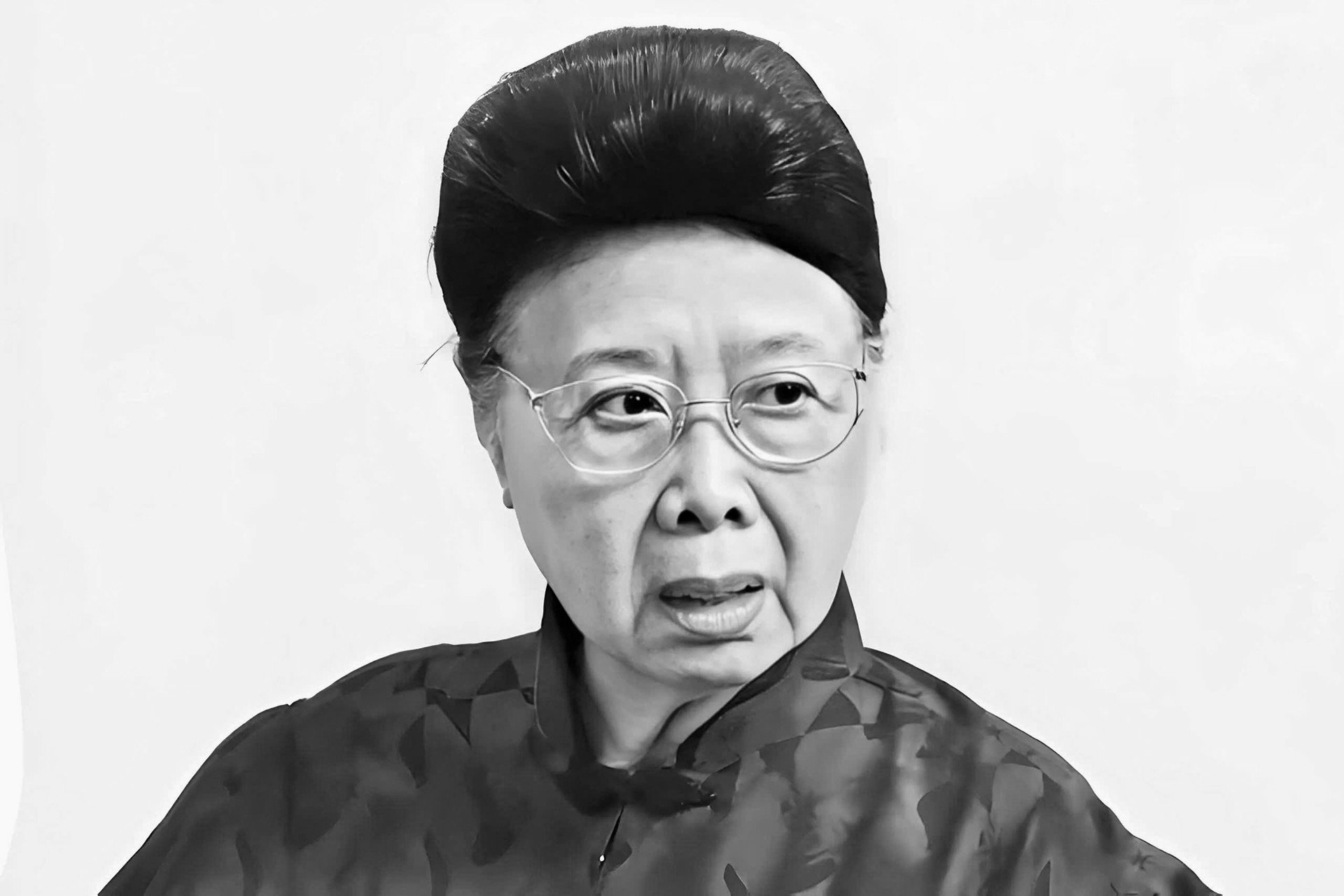
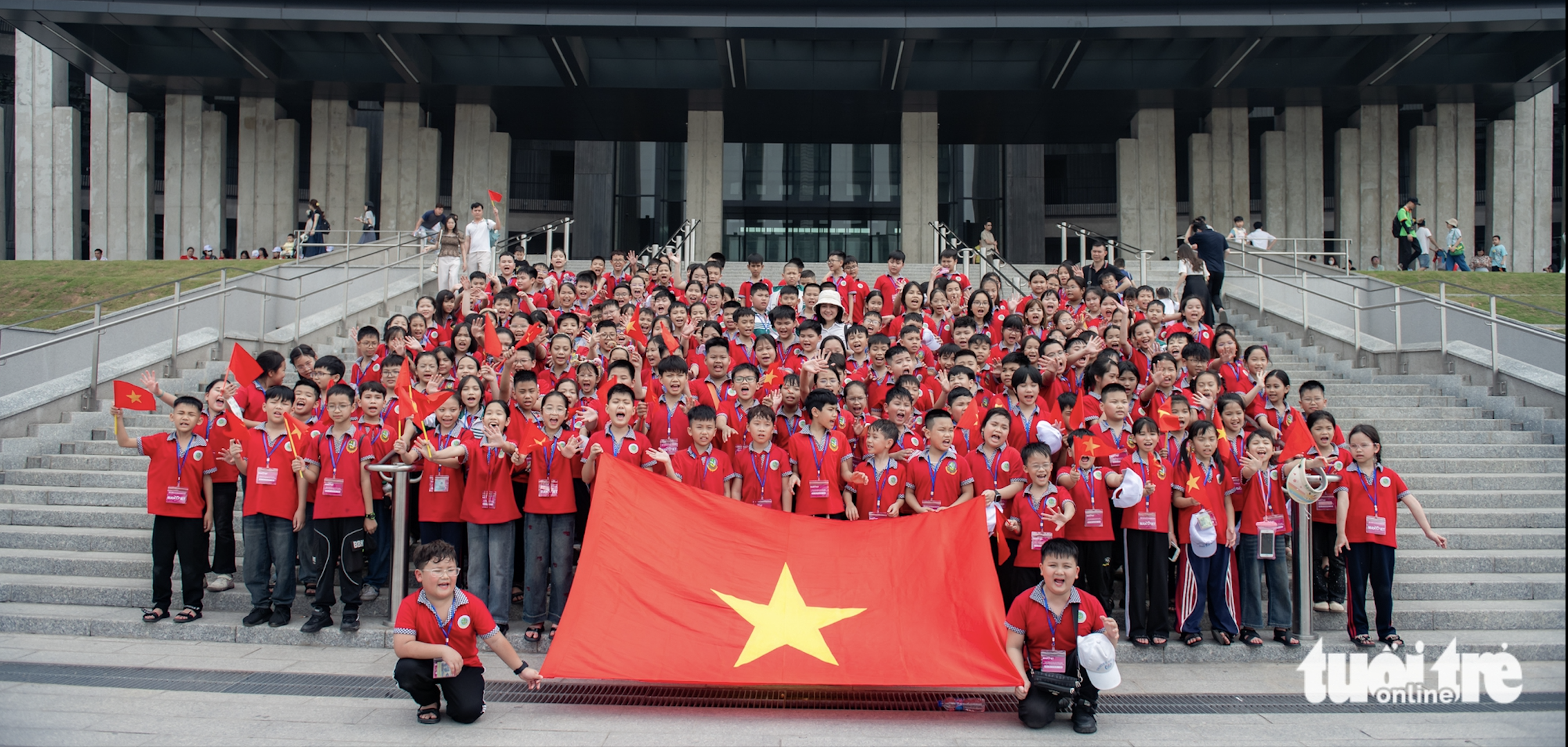







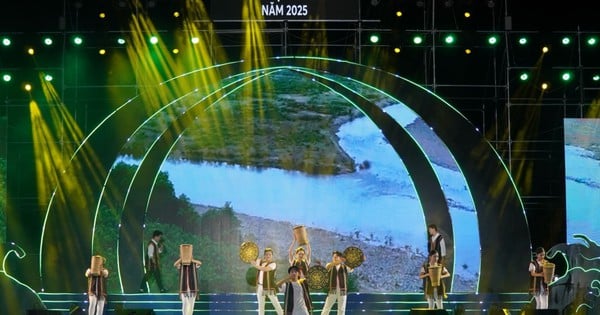
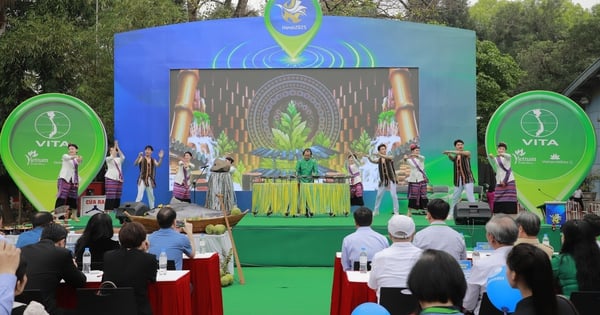


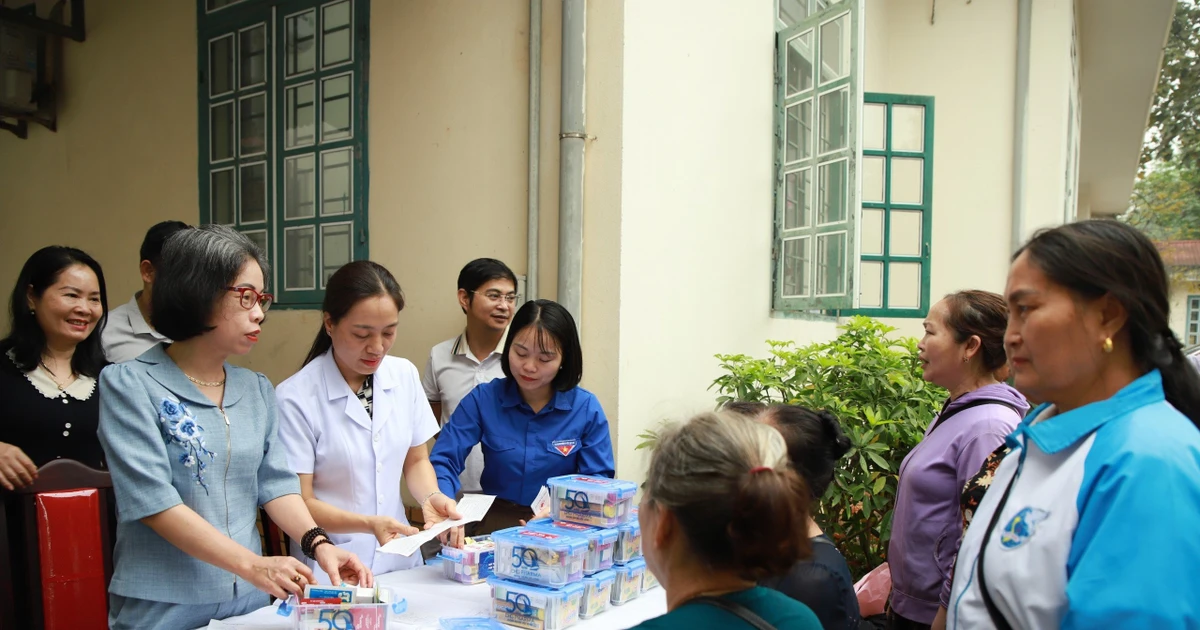

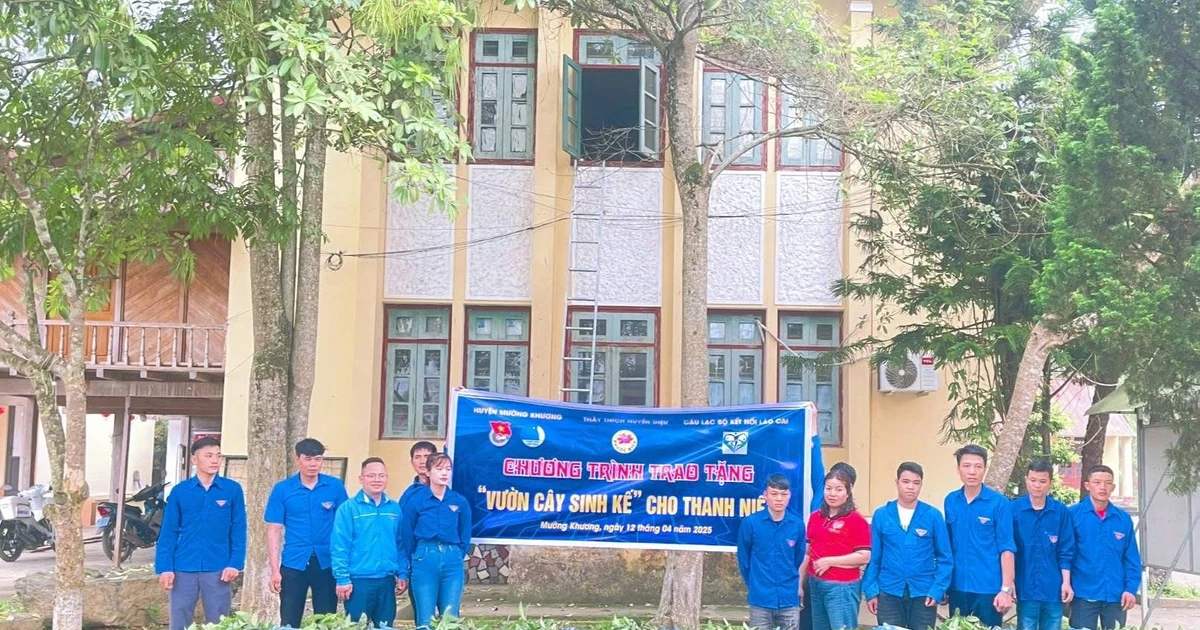











Comment (0)